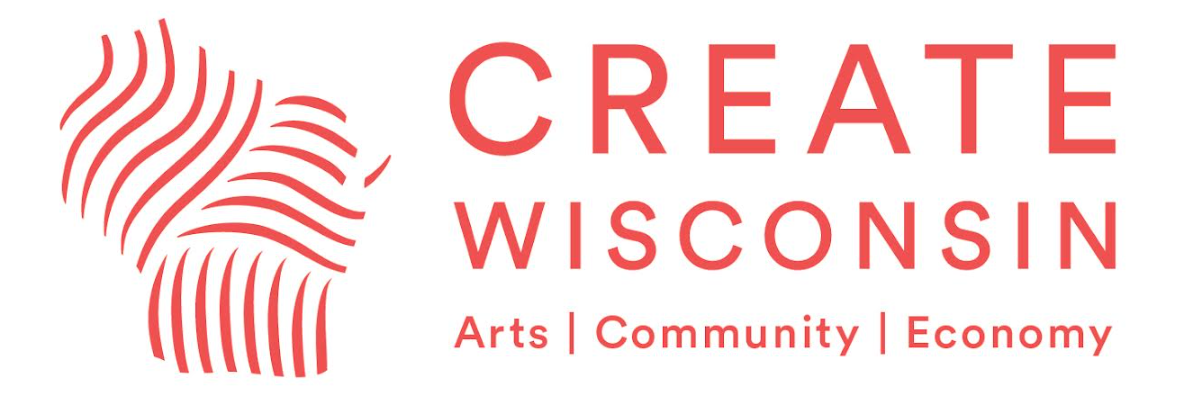Wisconsin’s Creative Economy Coalition
People, businesses, and organizations unite to promote the power of creative sector to drive economic, workforce, and civic growth
Click here to add your organization or business as a Coalition supporter
People, organizations and businesses in every corner of Wisconsin have joined forces to form Wisconsin’s Creative Economy Coalition, advocating for the power of the arts and creative sector as a vehicle to fuel Wisconsin’s growth. Comprised of arts, cultural, and creative organizations and leaders statewide, the coalition will advocate the Legislature’s Joint Committee on Finance for a historic funding for the state’s arts and creative industries.
Coalition leaders are calling on legislators to fund the Wisconsin Artistic Endowment Foundation with $100 million of one-time funding in the biennial state budget, to further boost economic development ansd growth across the state.
In 2001, Wisconsin was ahead of the curve in identifying the economic and growth potential the state’s creative sector has on the overall vitality of the state. A bipartisan legislative council study committee recommended legislation that was included in the state budget and signed into law by Gov. Scott McCallum that created the Wisconsin Artistic Endowment Foundation. However, a funding mechanism was never identified for the foundation. Since that time, Wisconsin has fallen – ranking 50th nationally in per capita arts funding and lagging significantly behind our Midwest neighbors.
Iowa, like Wisconsin, sits near the bottom, ranking 47th in the nation. To change their status and set a new trajectory, Iowa Gov. Kim Reynolds announced a $100m investment to bolster economic development, strengthen the quality of life in their communities, and attract new visitors and residents to the state through a historic investment called “Destination Iowa.” In promoting this investment, Gov. Reynolds noted that the investment in this sector builds on the momentum of all the other investments the state is making to grow the economy and their workforce.
Anne Katz, executive director of Create Wisconsin, highlighted the need for greater creative sector investment to spur economic activity, stating “The creative sector is a jobs generator, contributing $10.8 billion to Wisconsin’s economy annually and employing nearly 90,000 workers, yet the state ranks last nationally in per capita funding for the arts and culture. For years, Wisconsin has been drained of its most innovative and dynamic creative professionals to neighboring states that invest proactively in creative economic development and offer significantly more funding towards important arts amenities that attract workers."
Wisconsin’s Creative Sector at a Glance:
Wisconsin spends just $0.14 per-capita to fund state arts organizations, ranking last in the nation, while Minnesota spends $7.34, and Illinois spends $5.04.
The state’s arts and creative sector contributes $10.8 billion annually and employs nearly 90,000 workers – more jobs than the state’s beer, biotech, and papermaking industries, according to the US Department of Commerce.
Wisconsin’s creative sector growth has not kept pace with the rest of the nation. Since 2020, economic impact has grown 8.44% in Wisconsin, compared to 14.43% nationally.
Wisconsin is in its strongest fiscal position in at least forty years thanks to a projected $7.1 billion surplus.
Since 2002, the share of GDP coming from arts and culture fell 1.1%, while the national average fell just 0.2%.
The creative industry includes, but is not limited to, film and video, music, performing arts, visual arts, museums, heritage sites, venues, festivals, and other cultural events that contribute to the state’s cultural vibrancy and identity.
Wisconsin’s Creative Economy Coalition is comprised of leading businesses and individuals in the state's creative sector focused on advocating for important investment that serves as a catalyst for increased economic activity across the state. Visit WisconsinCreates.com to learn more.
###

